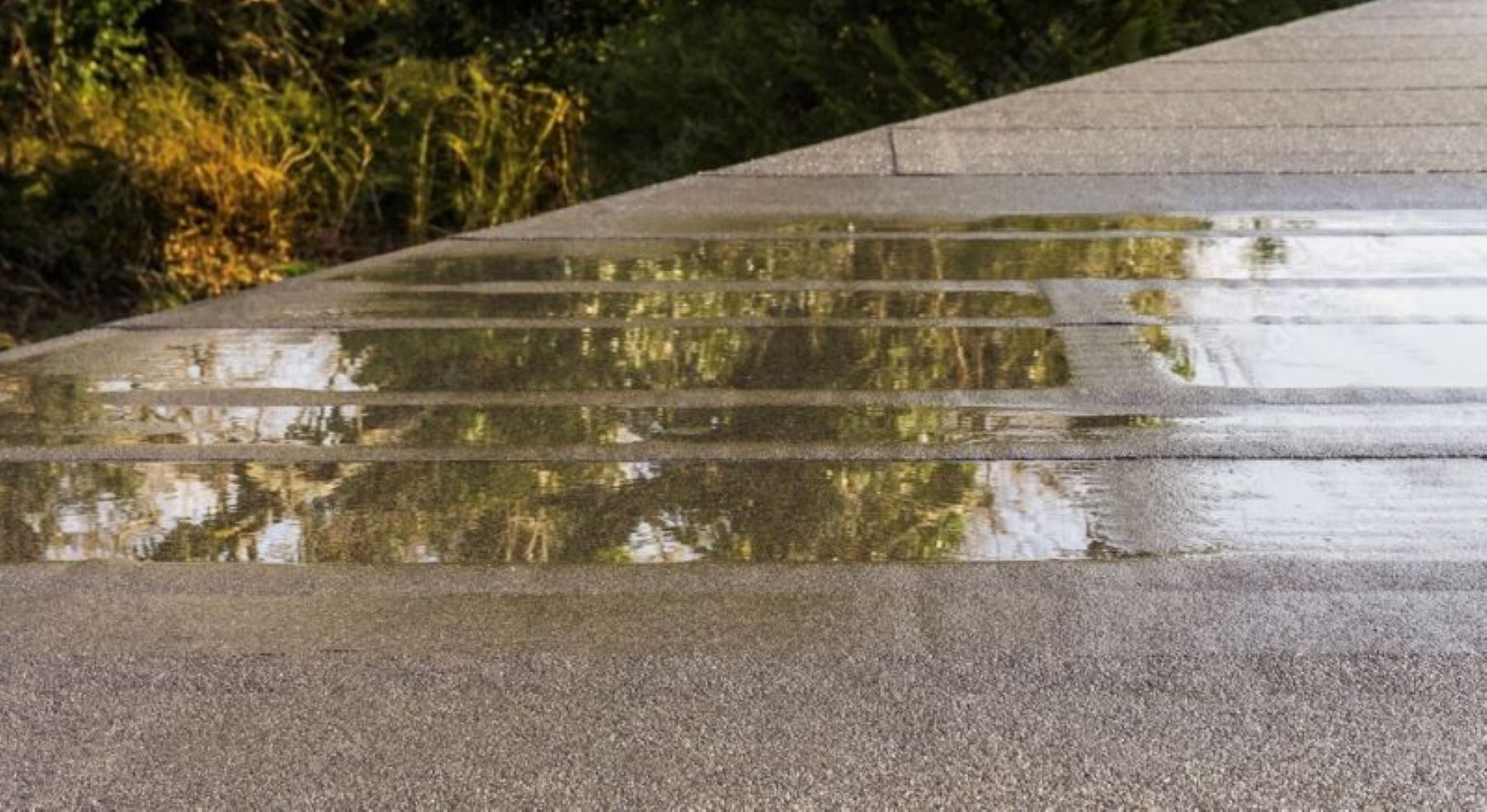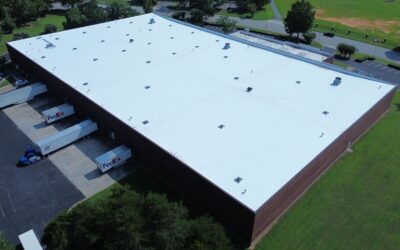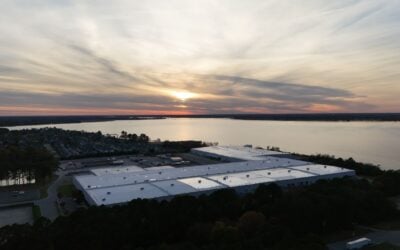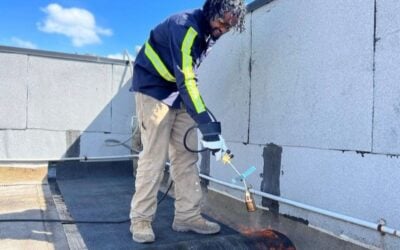When it comes to maintaining the integrity of your commercial property, your roof is your first line of defense against the elements. Weather conditions can have a significant impact on your roofing system, influencing its durability, performance, and lifespan. In this blog post, we’ll explore how different types of weather affect your commercial roof and provide actionable tips on how to protect and maintain it.
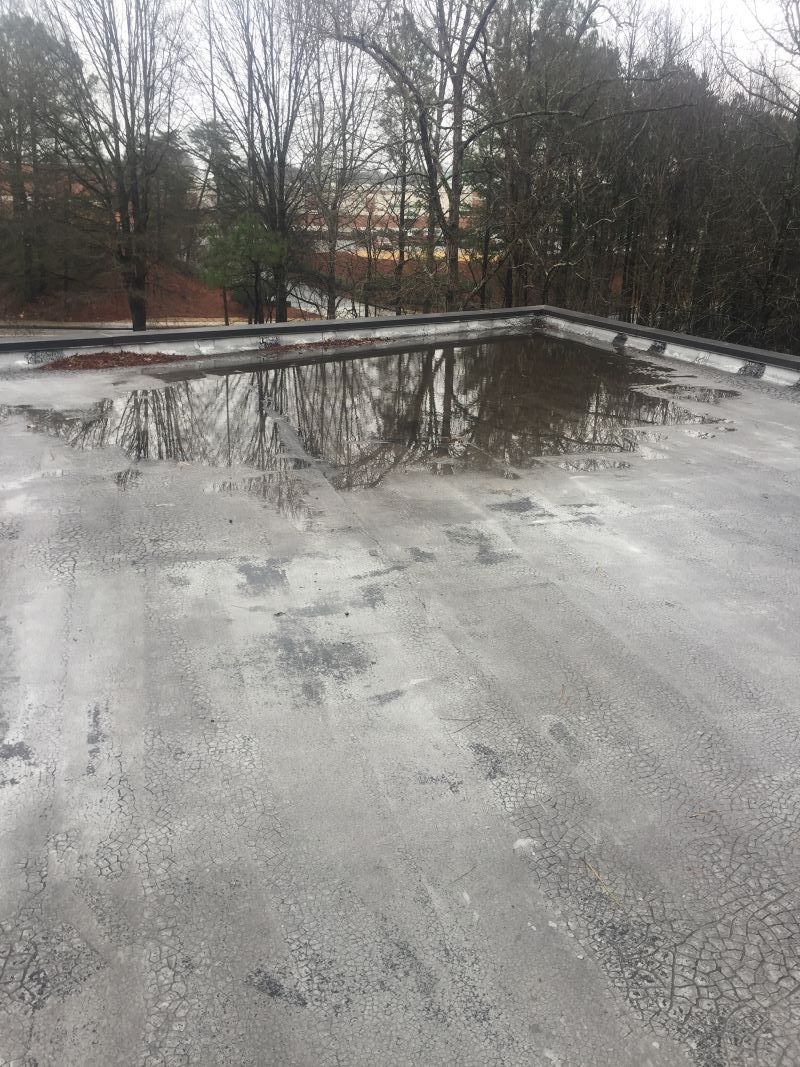
1. The Impact of Extreme Heat
Effects on Your Roof:
Thermal Expansion: Prolonged exposure to high temperatures can cause roofing materials to expand and contract. This can lead to cracks, gaps, and other forms of damage.
UV Damage: Intense UV radiation can degrade roofing materials, leading to brittleness, discoloration, and reduced performance.
Increased Energy Costs: Heat can also increase the temperature inside your building, causing your cooling systems to work harder and driving up energy costs.
What to Do About It:
Choose Heat-Resistant Materials: Opt for roofing materials designed to withstand high temperatures and UV exposure. Reflective coatings and cool roofing systems, such as TPO and PVC membranes, can help mitigate heat absorption.
Regular Inspections: Schedule inspections to check for signs of heat-related damage, such as cracks or wear and tear.
Improve Insulation: Enhance your building’s insulation to reduce the heat entering your building and lower your cooling costs.
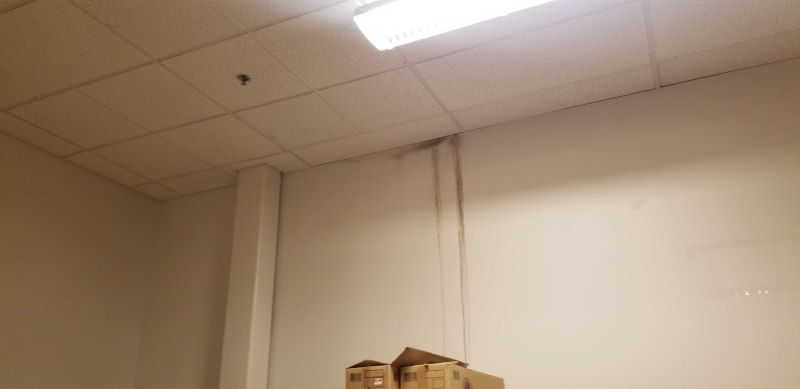
2. The Challenges of Heavy Rainfall
Effects on Your Roof:
Water Damage: Excessive rain can lead to leaks, water pooling, and damage to roofing materials. Over time, this can cause structural damage and compromise the integrity of your roof.
Clogged Drains: Rainwater can accumulate if drains and gutters are clogged, leading to potential overflow and additional stress on the roofing system.
What to Do About It:
Maintain Gutters and Drains: Ensure that gutters and downspouts are clear of debris and functioning properly to channel water away from your roof.
Check for Leaks: Schedule regular inspections for signs of roof leaks, water stains, and other signs of water damage. Address any issues promptly to prevent further damage.
Consider a Waterproof Coating: Applying a waterproof coating, such as silicone and acrylic coatings, can provide an extra layer of protection against water infiltration.
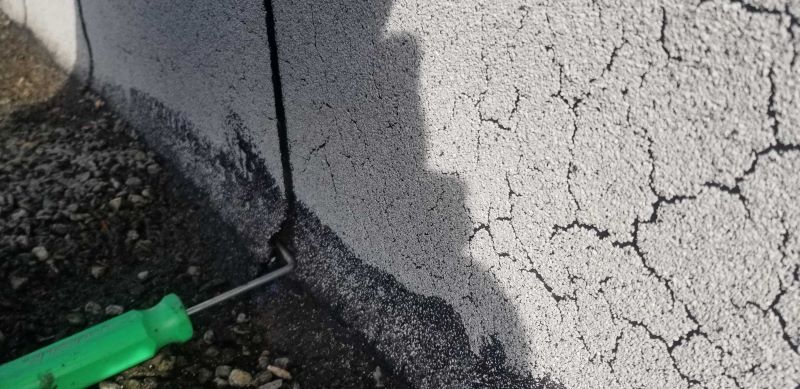
3. The Effects of Snow and Ice
Effects on Your Roof:
Ice Dams: Snow that melts and refreezes at the edge of your roof can form ice dams, preventing proper drainage and causing water to back up under shingles or other roofing materials.
Snow Load: Accumulated snow can add significant weight to your roof, potentially leading to structural damage or collapse if not managed properly.
What to Do About It:
Ensure Proper Insulation: Adequate insulation can help prevent ice dams by keeping the roof temperature consistent and preventing snow from melting too quickly.
Inspect for Damage: After heavy snowfall, schedule an inspection with a professional roofing contractor to check your roof for any signs of damage or potential issues caused by the snow load.
4. The Impact of High Winds
Effects on Your Roof:
Blown-Off Materials: Strong winds can lift and dislodge roofing materials, such as shingles or tiles, leading to exposure and potential leaks.
Debris Damage: Wind can carry debris that can impact your roof and cause damage to the surface or structure.
What to Do About It:
Secure Loose Materials: Ensure that all roofing materials are securely fastened and in good condition. Replace any missing or damaged components.
Trim Surrounding Trees: Regularly trim trees near your building to reduce the risk of branches and debris being blown onto your roof.
Conduct Regular Inspections: After severe storms, schedule an inspection with a professional roofing contractor to check your roof for any signs of wind damage and make necessary repairs.
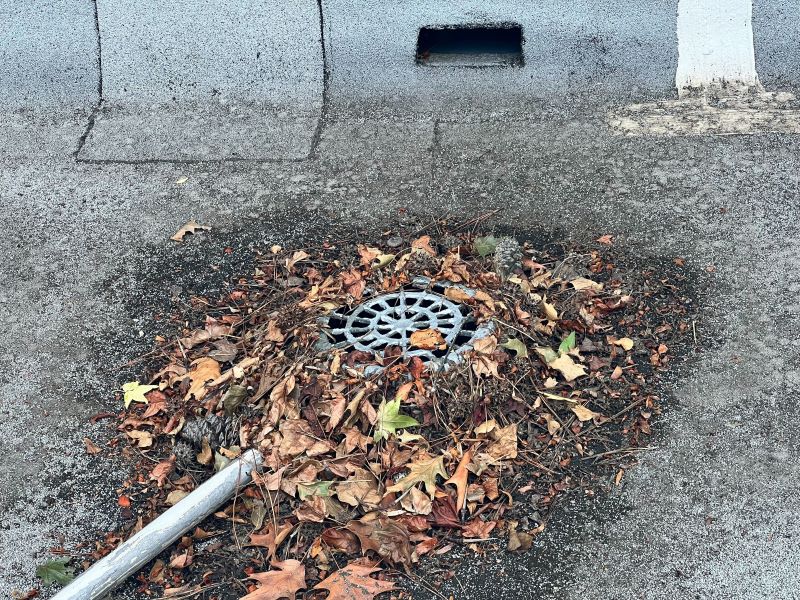
5. The Effects of Hail
Effects on Your Roof:
Denting and Pitting: Hailstones can create dents, pits, or cracks in roofing materials, potentially leading to leaks and reduced performance.
Granule Loss: Hail can strip away the protective granules from asphalt shingles, making them more susceptible to further damage.
What to Do About It:
Inspect for Hail Damage: After a hailstorm, have a professional inspect your roof for signs of damage, such as dents or granule loss.
Consider Impact-Resistant Materials: For regions prone to hail, invest in impact-resistant roofing materials designed to withstand hail damage.
Conclusion
Weather conditions play a critical role in the health and longevity of your commercial roof. By understanding how different types of weather affect your roofing system and taking proactive steps to mitigate these effects, you can protect your investment and ensure that your roof continues to perform optimally.

